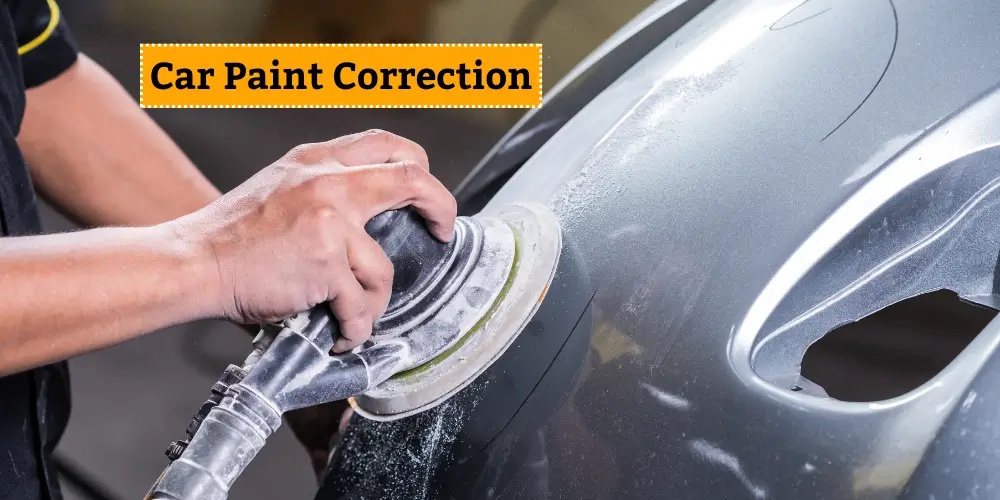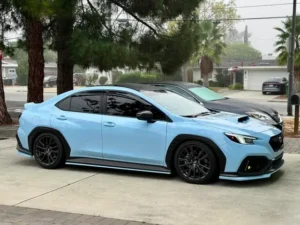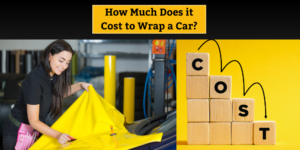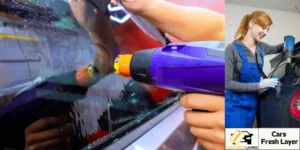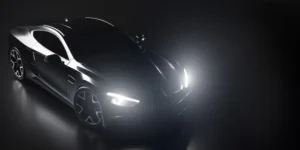If you’ve noticed swirl marks, scratches, or fading on your car’s paint, you’re not alone. Understanding paint correction is essential for car owners who want to maintain the beauty and value of their vehicles. Many people search for information on this topic because they notice imperfections in their car’s paint, such as scratches, swirl marks, or dullness. These flaws can occur from everyday wear and tear, exposure to harsh weather, or improper washing techniques. Car paint correction is a popular solution for recharging your vehicle’s glow and smoothness.
One of the main pain points for those interested in paint modification is the confusion surrounding the process itself. Many may wonder: Is paint correction really necessary? If it is worth the investment or they can achieve similar results through regular washing? However, basic maintenance often falls short when it comes to deeper scratches and imperfections. The answer depends on the condition of your car’s paint.
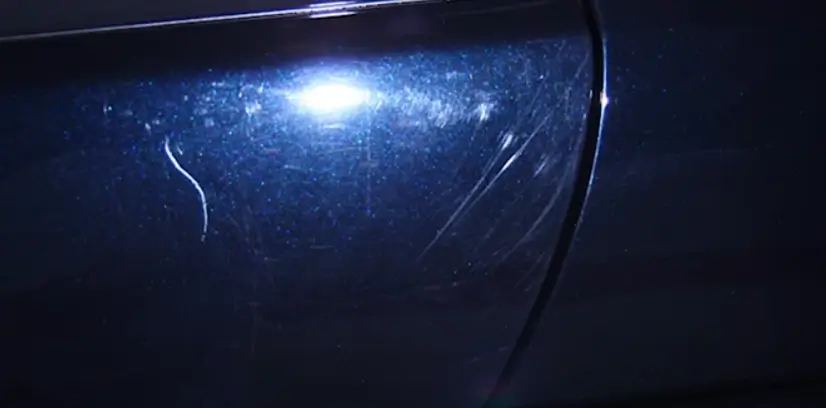
If you want to regain your car’s polished image, remove deep scratches, or prepare your car for a new coat of wax or wrap, paint correction can make a massive difference. It’s a way to polish and smooth out your car’s surface, giving it a perfect finish without the need for a full respray.
The paint touch-ups can save you money in the long run, especially if you want to avoid expensive paint jobs or deal with the annoyance of multiple repairs. In this post, we’ll walk you through the benefits, and process, and why paint correction might be the perfect solution for reforming your car’s footmark.
Table of Contents
ToggleWhat is Paint Correction?
Paint correction is a process that removes imperfections like swirl marks, scratches, water spots, and oxidation from the clear coat.
It’s done using special tools and polishing compounds to smooth out the surface and improve its original shine. Think of it as a deep clean and polish for your car’s exterior, making it look as good as new without needing a full repaint.
Why Do You Need Car Paint Correction?
Car paint correction is essential for maintaining the design, wrap, paint color, and protective qualities of your car. That’s a brilliant question you should ask detailer “What Does Car Paint Correction Do?”
Here are several key reasons why you might need it.
New Paint Look
Over time, cars can accumulate various defects due to environmental factors, washing techniques, or minor accidents. These imperfections can dull the paint’s finish and affect the overall surface and look of the vehicle.
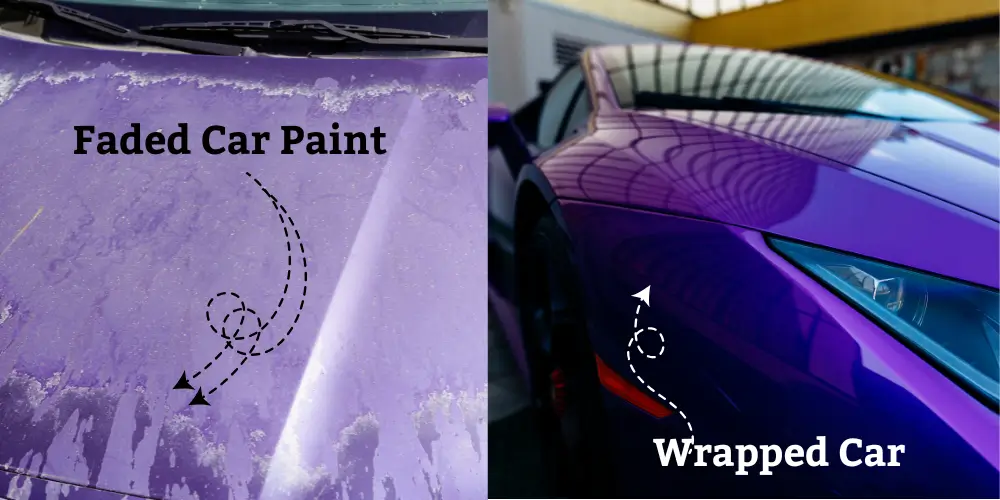
Auto-paint correction not only improves the car’s shape but also prepares it for protective coatings that can help maintain its luster.
Increased Life of Paint
Environmental factors such as UV rays, road trash, and harsh cleaning methods can damage your car’s surface.
By buffing out these imperfections, paint car correction helps protect the surface from further damage, ultimately extending the life of your vehicle’s paint.
Preparation for Protective Coatings
After clear coat correction, your vehicle is an ideal candidate for additional protective treatments like ceramic coatings, and sealants.
These coatings provide an extra layer of security against scratches and environmental cracks. It ensures that your car remains in excellent condition for long.
Save Cash
Paint defect correction saves money by preventing minor issues from turning into costly repairs or repaints. A flawless exterior reduces touch-ups and prevents devaluation from poor appearance.
What is the Car Paint Correction Process?
The car paint body process is a detailed procedure. Car surface correction can effectively remove a variety of defects with the help of different tools and types of equipment, including:
- Swirls
- Scratches
- Oxidation
- Bird droppings etching
- Water spots
- Micro-marring
- Random Isolated Deep Scratches (RIDS)
- Orange peel texture
Let’s walk through each step in simple terms.
Tools for Car Paint Repair

A list of tools for paint correction:
- Dual-Action Polisher (DA Polisher)
- Rotary Polisher
- Polishing Pads
- Polishing Compounds
- Finishing Polishes
- Microfiber Towels
- Paint Thickness Gauge
- Clay Bar or Clay Mitt
- Polish Applicators
- Dust Extractor
Levels of Finish Correction
Stage 1: Light Correction
Stage 2: Moderate Correction
Stage 3: Full Correction
Full Washing & Cleaning
Before fixing anything, the car needs a good wash. This involves using soap and water to remove dirt and grime from the surface.
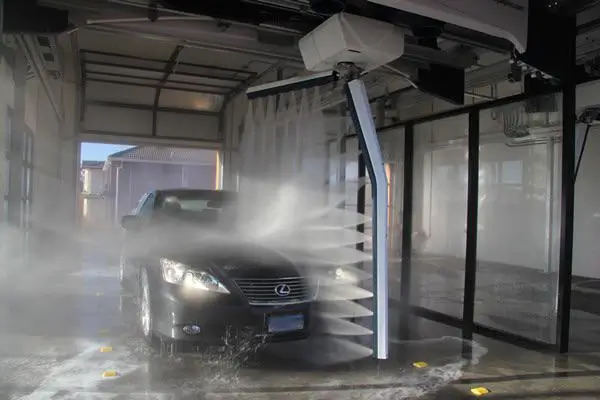
This step removes all the dirt, dust, and grime from the surface. A clean surface helps in spotting all the imperfections.
Clay Bar Treatment
After washing, some stubborn dirt particles still stick to the paint. The clay bar treatment is like a deep-cleaning scrub for your car.
A clay bar glides over the surface and pulls out all the invisible impurities, leaving the paint smooth and ready for correction.
Inspecting the Paint
Once the car is clean, it’s time to inspect the paint. Next, we move on to decontamination. This step ensures that all stubborn residues like tree sap or road tar are removed.
Sanitization or Cleansing
Detailers often use special sprays or clay bars for this task, which helps clean the surface down to a microscopic level. This helps in deciding how much correction is needed and helps in choosing the right tools and products for correction.
Cutting Compound Application
After assessing the damage, a cutting compound is applied. This compound is designed to remove deeper scratches and imperfections from the clear coat of the paint.
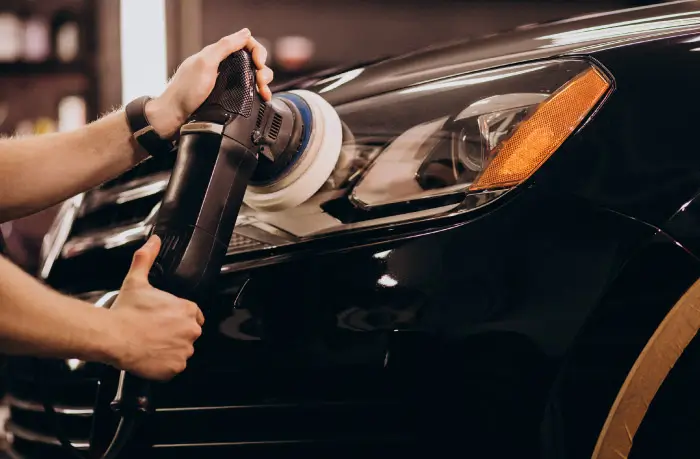
Using an electric polisher with a special pad, detailers carefully work on sections of the car, leveling out the surface and making it smooth again.
Polishing the Paint
This is the main step. Following the cutting compound application, a polish is used to refine the surface further.
Special polishing compounds and machines are used to remove a thin layer of damaged paint. This step removes light scratches and hazing, revealing the paint’s fresh clarity.
It’s like sanding wood to smooth out rough spots. Depending on the car’s condition, this step could involve:
Single-Stage Polish
Light correction for minor swirls.
Multi-Stage Polish
More detailed work for deeper scratches and defects.
Final Step Sealing Paint
To protect the freshly corrected paint, a sealant or wax is applied. This adds a layer of protection against UV rays, dirt, and contaminants while giving your car a glossy finish.
And there you have it the car paint repair process! This last step ensures that your car looks great and stays protected from environmental factors like UV rays and dirt.
Which is Better DIY vs Professional Paint Correction?
When it comes to restoring your car’s paint, you have two main options: doing it yourself (DIY) or hiring a professional.
Choosing between DIY and professional paint repair depends on your comfort level with tools and your car’s condition.
DIY can be rewarding and cost-effective for minor imperfections. Do it Yourself is great for minor imperfections and if you enjoy hands-on car care. It’s cost-effective but can be time-consuming.
Professional services are ideal for severe damage while professionals can handle more severe damage with expertise and advanced equipment. It’s more expensive but saves you effort and guarantees perfection.
Whatever route you choose, understanding these steps will help you make an informed decision! It depends on your time, budget, and experience level.
How Long Does a Full Paint Correction Take?
The duration of a full paint restoration can vary significantly based on several factors, including the vehicle’s size, the condition of the paint, and the extent of correction needed. Here’s a detailed breakdown
Average Time Estimates
Minor Corrections (6-8 hours)
This is typically suitable for newer vehicles with minimal defects, involving light to moderate polishing to remove swirl marks and minor scratches.
Moderate Corrections (12-15 hours)
For vehicles with noticeable swirl marks and light scratches, a two-stage correction process (including compounding and polishing) is generally required.
Extensive Corrections (20-40 hours)
In cases where the paint is heavily damaged or requires a multi-stage correction, the process can take significantly longer, sometimes spanning two days to a week. This includes thorough work on larger vehicles or those with severe imperfections
In summary, a full stain correction can take anywhere from 6 hours for minor corrections to upwards of 40 hours for extensive work on larger or heavily damaged vehicles.
How to Maintain Car After Correction?
Maintaining your car after paint or auto-correction is important to keep it looking perfect for as long as possible.
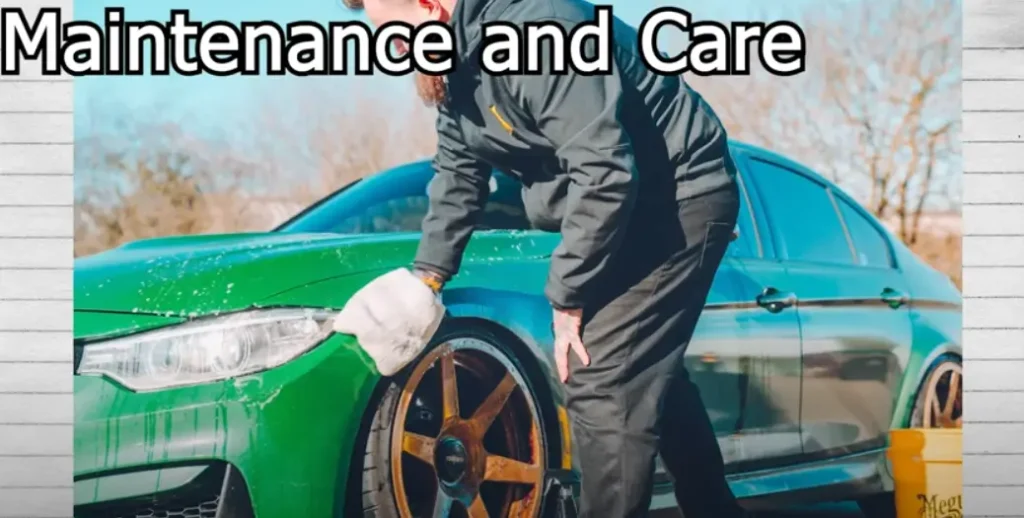
- Wash your car properly and use a two-bucket system to minimize scratches. One bucket should contain soapy water, while the other holds clean water for rinsing your wash mitt
- Use touchless car washes or wash by hand. Brushes in automatic washes can reintroduce scratches and swirls.
- Select high-quality, pH-neutral shampoos designed for post-paint body correction maintenance.
- Always use a soft microfiber
- Apply a layer of wax or sealant every few months to create a protective barrier against UV rays and contaminants
- Avoid harsh chemicals and stick to products designed for automotive finishes
How Much Does it Cost to Fix a Paint Scratch?
The cost to fix a paint scratch on a car typically ranges from $50 to $1,500, depending on the severity of the scratch:
- Light scratches: $50 to $150
- Moderate scratches: $150 to $300
- Deep scratches: $300 to $500
- Extensive repairs (full panel replacement): $500 to $1,500
DIY kits are available for minor scratches, costing around $20 to $100.
How Often Should I Do Paint Corrections on My Car?
The frequency of car layer correction on your car typically depends on several factors, such as usage, environmental conditions, and maintenance practices.
Generally, it is advisable to restore the paint finish annually or biennially to maintain the vehicle’s appearance and prevent minor imperfections from worsening.
For cars that are frequently exposed to harsh conditions or have a history of neglect, more frequent corrections may be necessary, potentially every six months.
Conversely, vehicles used primarily for shows or in less demanding environments may require corrections less often, possibly lasting up to three years between treatments.
Ultimately, assessing your specific circumstances will help determine the ideal schedule for paint correction.
Frequently Asked Questions
Buffing, on the other hand, is a single-step process that generally involves polishing the paint with a buffer to improve shine and smoothness.
Conclusion
In ending, paint correction is a great way to fix your car’s glow and protect it from further damage. While it can be a bit of an investment, it saves you money by preventing expensive repairs and extends the life of your car’s paint. Whether done yourself or professionally, the process can make a huge difference in your car’s shape. Regular maintenance and proper care afterward will keep your car looking fresh for longer. If you notice imperfections, paint correction may be the perfect solution to bring back your car’s polished finish.

